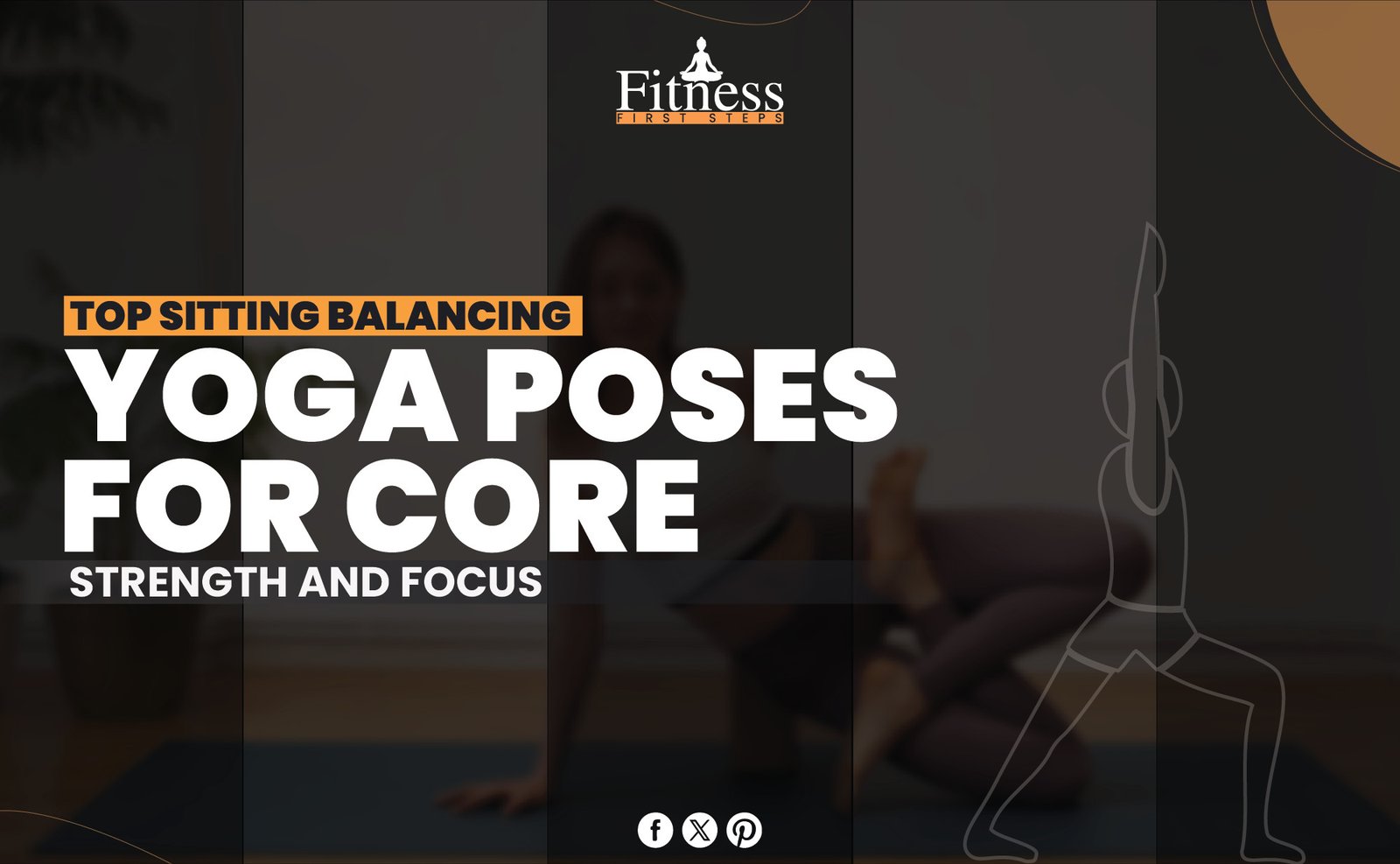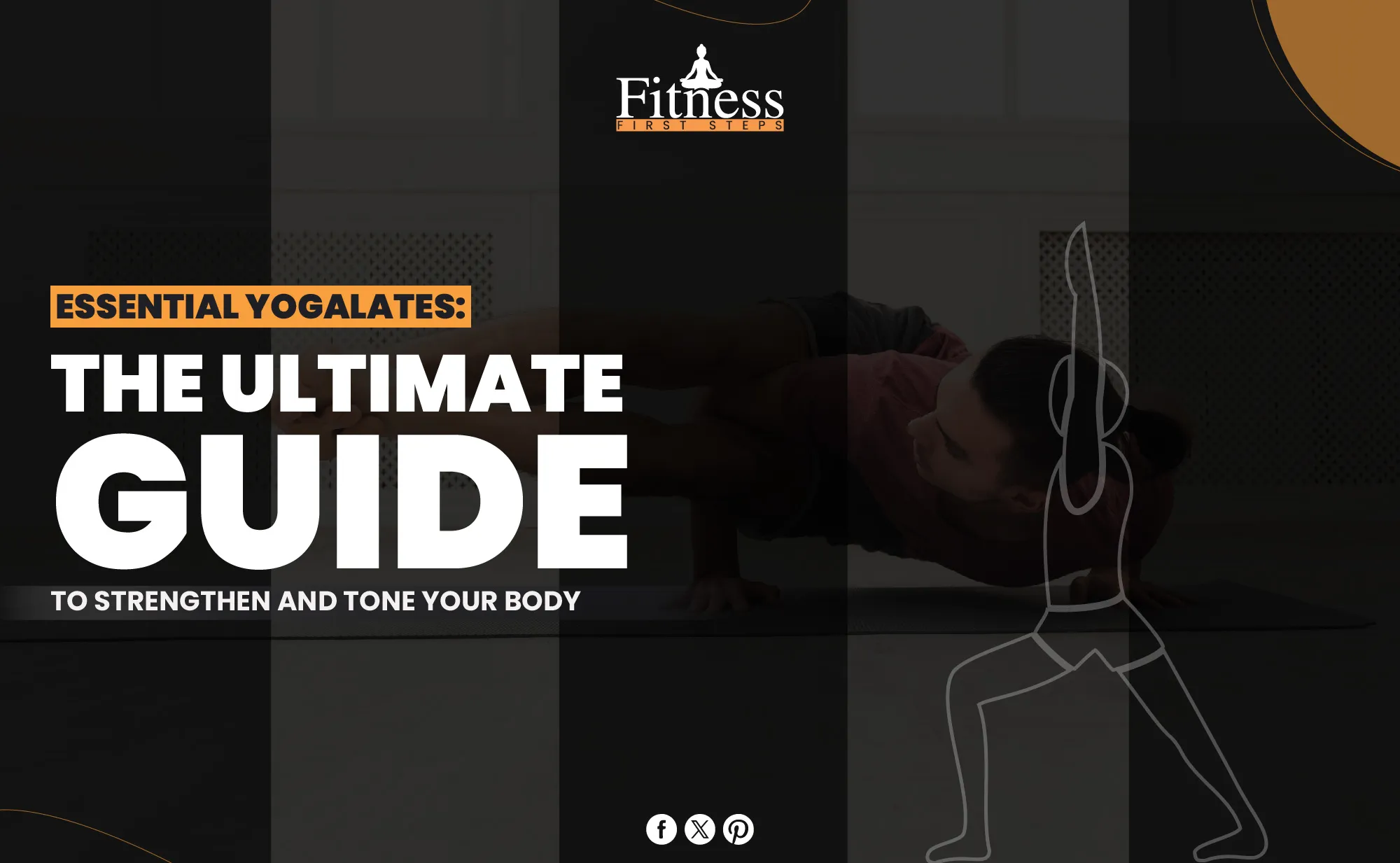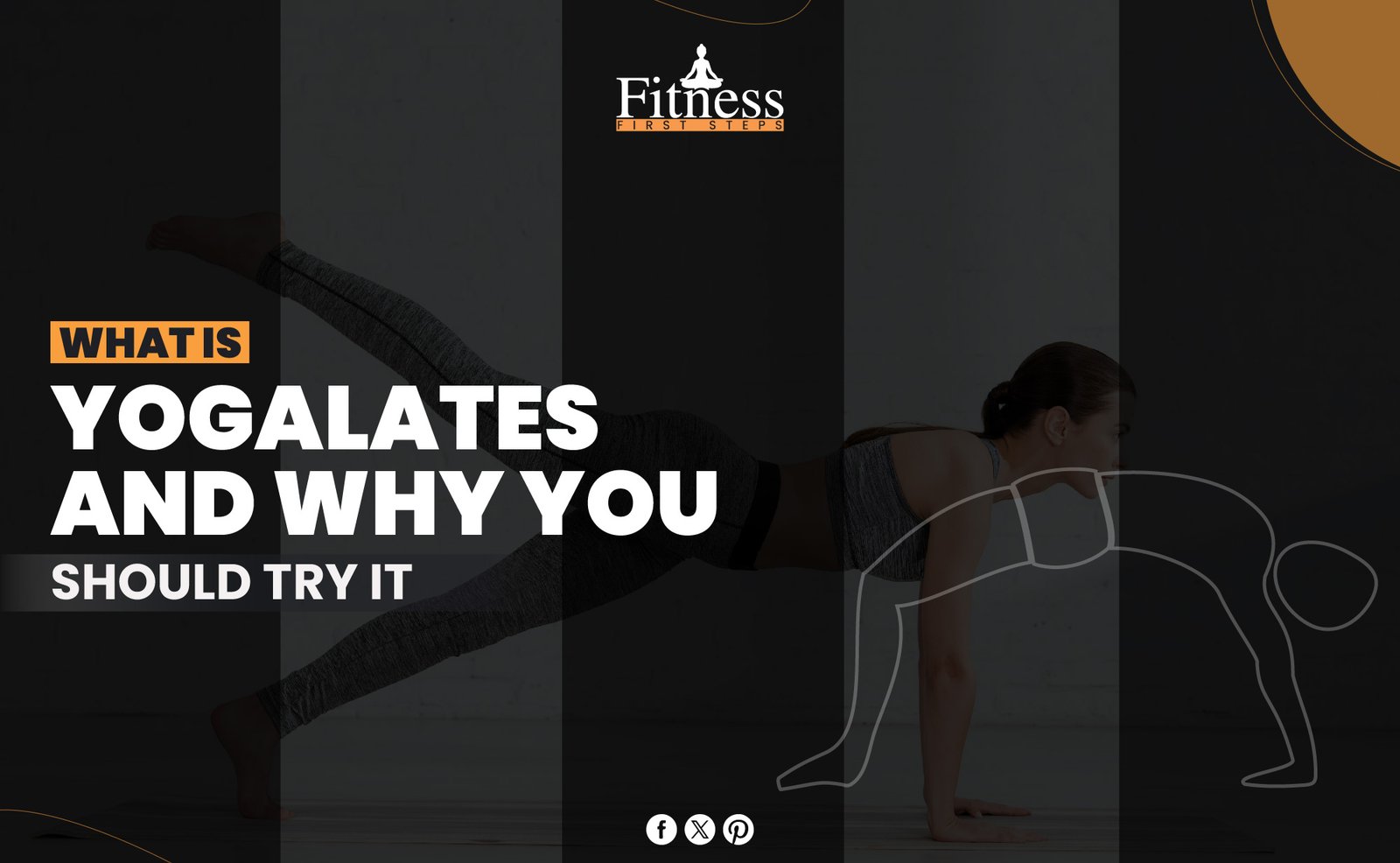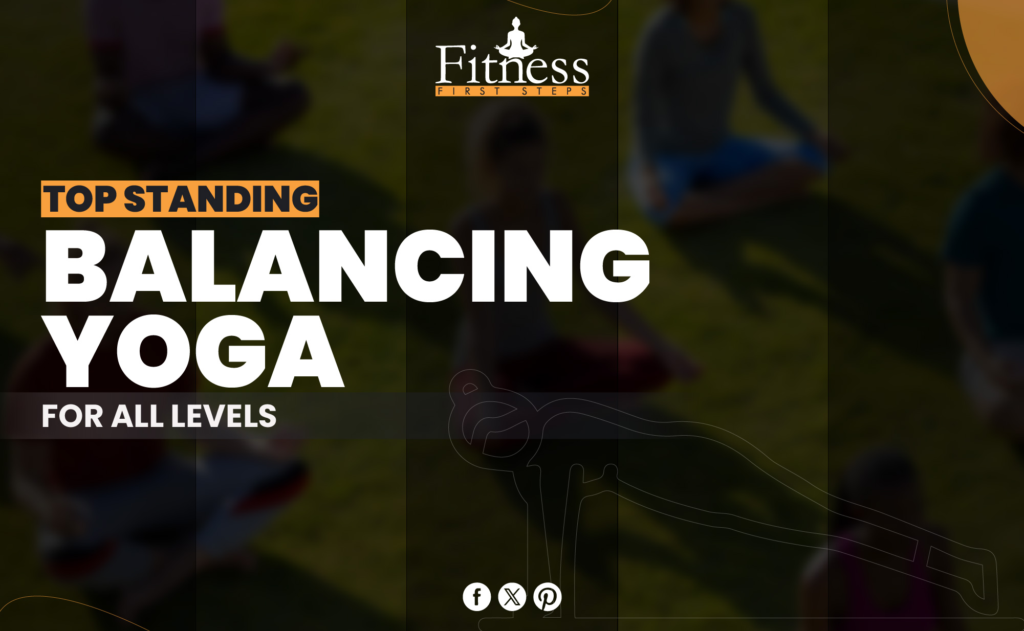Introduction
We learn about several yoga positions, each with its charm and complexity. Half Moon Pose (Ardha Chandrasana) symbolizes balance, strength, and grace. This half-moon-inspired pose challenges practitioners to push their physical and mental limits. The road to finding stability in vulnerability is beneficial on and off the mat. Let’s discover the secrets and ways to master the tranquil yet muscular Half Moon Pose.
The term “Ardha Chandrasana” comes from Sanskrit, where “Ardha” means “half,” “Chandra” means “moon,” and “Asana” means “posture.” They show that the body is shaped like a half-moon, similar to the moon’s phase’s smooth curve.
You can read about Toe Yoga here.
The Essence of Half Moon Pose
What is the Half Moon Pose, or Ardha Chandrasana? It shows how beautiful balance is and how powerful slight strength can be. Dancing, where your body is both the dancer and the stage, catches the beauty of a half-moon in the sky. This pose asks us to be firmly rooted in the ground while reaching for the sky, showing the contrast between being grounded and rising. By doing Ardha Chandrasana, we learn how to stand and fly, balancing power and flexibility, effort and ease.
Preparatory Poses for Half Moon Pose
These essential poses should be done before you try Half Moon Pose to get your body ready:
- Triangle Pose (Trikonasana): Before you can do Half Moon Pose, you need to be able to stretch your sides and open your hips. This pose helps you get ready for that.
- Warrior II (Virabhadrasana II): Warrior II strengthens the core and legs while making the body more stable and balanced, essential for keeping the pose in the correct position.
- Standing Forward Fold (Uttanasana): The hamstrings and back are stretched in this pose, making Half Moon Pose’s forward fold part more accessible and flexible.
- Extended Triangle Pose (Utthita Trikonasana): Like the Triangle Pose, the Extended Triangle Pose stretches the sides of the body even more and lengthens the spine, getting ready for Ardha Chandrasana’s lateral extension.
These poses will help you prepare your body and mind for Half Moon Pose safely and beneficially. Let’s review the step-by-step instructions for getting good at Ardha Chandrasana.
Step-by-Step Guide to Half Moon Pose
To get good at Half Moon Pose, you must pay close attention to your posture and breath. This is what you need to do for a satisfying practice:
- Start in Mountain Pose (Tadasana): Start by standing tall with your feet hip-width apart and putting equal weight on all four feet.
- Transition to Warrior II (Virabhadrasana II): The arch of your left foot should line up with the arch of your right foot. Look over your right fingers as you open your hips and arms out straight in front of you.
- Shift Your Weight: Put your weight on your right foot and tighten your core to stay stable.
- Reach Forward: Stretch your right hand before you, moving your body forward a little while keeping your hips square.
- Float Your Left Leg: Lift your left leg straight up off the ground, bending your foot and using your leg muscles.
- Open Your Hip: Stack your left hip on your right hip. Make a straight line from your fingers to your toes on your left arm as you reach for the sky.
- Gaze Upward: You can focus on your top hand to find a balance point.
- Maintain Steady Breathing: Take slow, deep breaths, and let your breath take you deeper into the pose with each exhale.
- Hold and Release: Hold the pose for three to five deep breaths. Then, slowly let go and go back to Warrior II. Please do it again on the other side.
- Reflect and Reset: Take a moment to think about how Half-Moon Pose makes your body feel. Think about what you’ve learned and be proud of what you’ve done.
With time and practice, Half Moon Pose will become stable and graceful, giving you the balance and ease of the moon phase it represents.
Common Mistakes and How to Avoid Them
To make sure your Half Moon Pose practice is safe and prosperous, don’t do these common mistakes:
- Collapsing the Standing Leg: Keep your base strong by putting much pressure on your standing foot and using your leg muscles. Do not fall into your hip or knee joint. This can make you unstable and cause you to get hurt.
- Overarching the Lower Back: Avoid arching your lower back too much, and keep your spine long and straight. Use your core muscles to support your back and hips and keep them from getting strained or hurt.
- Dropping the Raised Hip: Face the side of the mat with both hips rounded off and level. Don’t let the raised hip fall to the floor, reducing your balance and making the pose less stable.
- Neglecting Proper Alignment: Watch how your parts are lined up. Make sure that your extended leg, torso, and arms are all in a straight line. Keep your balance and unity in the pose by not leaning too far forward or backwards.
If you keep these common mistakes in mind, you can improve your Half Moon Pose practice and feel more stable, strong, and at ease in the pose.
Modifications and Props for Half Moon Pose
Check out these changes and props that can help people of all levels do Half Moon Pose more easily and enjoyably:
- Use a Block: For support and steadiness, put a yoga block under your bottom hand, especially if it feels hard to reach the floor. This change helps keep the body in the correct position and lets you stretch further without losing your balance.
- Bend the Bottom Knee: If you have trouble keeping your balance or your standing leg hurts, bend your bottom knee slightly. This change makes the pose more stable and less stressful on the leg muscles.
- Keep a Microbend in the Raised Leg: Put some bend in the knee of the raised leg instead of fully extending it. This change helps work the quads and hamstrings while keeping the knee from hyperextending and putting stress on the joint.
- Use a Wall for Support: Use a close wall to help you with Half Moon Pose. For stability and trust, put your bottom hand on the wall. This way, you can focus on your breath and alignment without worrying about falling out of the pose.
Making these changes and using these props in Half Moon Pose will help you make the pose fit your body’s needs and abilities, making your time on the mat safer, more supportive, and more satisfying.
The Benefits of Practicing The Half Moon Pose
Find out all the ways that Half Moon Pose (Ardha Chandrasana) can help your physical, mental, and spiritual health:
Physical Benefits:
- Improves Balance and Stability: Ardha Chandrasana makes you work on your balance and strengthens your legs, core, and feet, which makes you more stable overall.
- Stretches and Strengthens Muscles: The hamstrings, groins, and calves are stretched in this pose, and the thighs, hips, and abdominal muscles are strengthened at the same time.
- Increases Spinal Flexibility: The spinal column can extend when you do Half Moon Pose, making the spine more flexible and mobile.
Mental Benefits
- Enhances Focus and Concentration: To balance in Half Moon pose, you need to keep your mind focused and trained to stay present and aware.
- Promotes Stress Relief: Mindful awareness that you develop through practice can help relieve stress and worry and make you feel calm and peaceful.
Spiritual Benefits:
- Connects You to Your Center: You can find your center of gravity in Half Moon pose, literally and figuratively. This will help you connect with your inner self more deeply.
- Encourages Self-Exploration: Doing this pose makes you more self-aware and pushes you to think about yourself. It’s a chance for spiritual and personal growth.
Adding Half Moon Pose to your yoga routine is a complete way to care for your health and well-being. It helps your mind and spirit as well as your body.
Integrating Mindfulness and Breathing
When you focus on your breath and awareness during Half Moon Pose, it changes from a workout to a moving meditation. Focus on how your breath fills your body with life and energy as you move through each step of the pose. Imagine drawing in strength and stability with each breath in, letting go of stress, and letting ease in with each breath out. Let go of fears and other distractions as you time your breath and movement in a dance that makes your mind and body work together.
Tips for Beginners
Should you be new to Half Moon Pose and want to improve your practice, here are some helpful tips:
- Start with a Stable Foundation: Start by doing a Half Moon Pose next to a wall or with the help of a yoga block. This helps you stay balanced and sure of yourself as you explore the alignment and feelings of the pose.
- Focus on Alignment Over Depth: Do not try to get deeper into the pose before ensuring you are correctly aligned. Keep an eye on where your feet, hips, and arms are, and make sure they are all lined up with each other for safety and support.
- Use Props as Needed: Feel free to use blocks, straps, or a chair as props to change the pose and meet your body’s needs. As you work on getting more robust and flexible, these props will help and support you.
Beginning yoga students can build a strong base for a rewarding and fulfilling practice by tackling Half Moon Pose with patience, awareness, and a readiness to learn.
Advancing Your Practice for Half Moon Pose
For people who want to get better at Half Moon Pose, here are some advanced methods and variations to think about:
- Explore Full Expression: Slowly raise the upper arm above your head until you can make a straight line from your fingers to your toes. Increasing the stretch along the side of the body makes it harder to keep your balance and builds core strength.
- Experiment with Binding: You could tie your top hand behind your back or reach for your higher foot if you are more flexible and robust. This change makes the shoulder, chest, and thigh stretches stronger.
- Add a Prop Challenge: Place a yoga block between the thighs or hold a yoga strap around the top foot to add resistance and stability. This enhances muscle engagement and encourages greater control in the pose.
- Transition with Flow: Change from poses like Warrior II, Triangle Pose, and Extended Side Angle Pose to Half Moon Pose as part of a dynamic flow pattern. This makes the transition smooth and tests your stamina and coordination.
By using these more advanced methods, people can improve their Half Moon Pose skills and reach new levels of strength, flexibility, and awareness on the mat.
Sequencing Half Moon Pose in Your Practice
Adding Half Moon Pose to your yoga routine needs careful planning and organization. Here’s how to add it to your practice without any problems:
- Warm-Up with Sun Salutations: Before doing anything else, do a few rounds of Sun Salutations to warm your body. Some poses that will help your body prepare for the Half Moon Pose are Downward-Facing Dog, Forward Fold, and Warrior Poses.
- Focus on Hip Openers: To make your hips more mobile and flexible, focus on poses that open them up, like Low Lunge, Pigeon Pose, and Bound Angle Pose. This prepares the body for Ardha Chandrasana, which requires the hips to open and the body to extend to the side.
- Transition with Standing Poses: You can quickly move into Half Moon Pose from standing poses like Warrior II or Triangle Pose. Before going to Half Moon Pose, which is more challenging to balance, these poses help you get stable and in the right place.
- Cool Down with Forward Folds: To release any tension in your body, end your exercise with a gentle forward fold like the Standing Forward Fold or the Seated Forward Fold. This helps you relax and prepares your body for Savasana (Corpse Pose), the last pose of the exercise.
When you add Half Moon Pose to a well-rounded yoga routine, you make a balanced and harmonious flow that is good for both the body and the mind.
Listening to Your Body
When doing Half Moon Pose, paying attention to your body is essential. Pay attention and change the pose to keep yourself safe and comfortable if you feel pain or strain. Respect what your body can and can’t do, and don’t push yourself too far. Remember that every day is different, so be kind and patient with yourself as you try out the pose. You can become more self-aware and connected on your yoga path by paying attention to your body’s signals and responding kindly.
Conclusion
Let’s think about the trip we’ve been on as we end our study of Half Moon Pose. Through the graceful arc of Ardha Chandrasana, we’ve learned that it not only requires power and balance but also creates a deep link between the mind, body, and spirit. Like the half moon, this pose shows how beautiful balance is and how work and ease can go together. Let us take the lessons of stability, grace, and attention with us as we leave the mat. Let Half Moon Pose lead us to more harmony in our lives.
